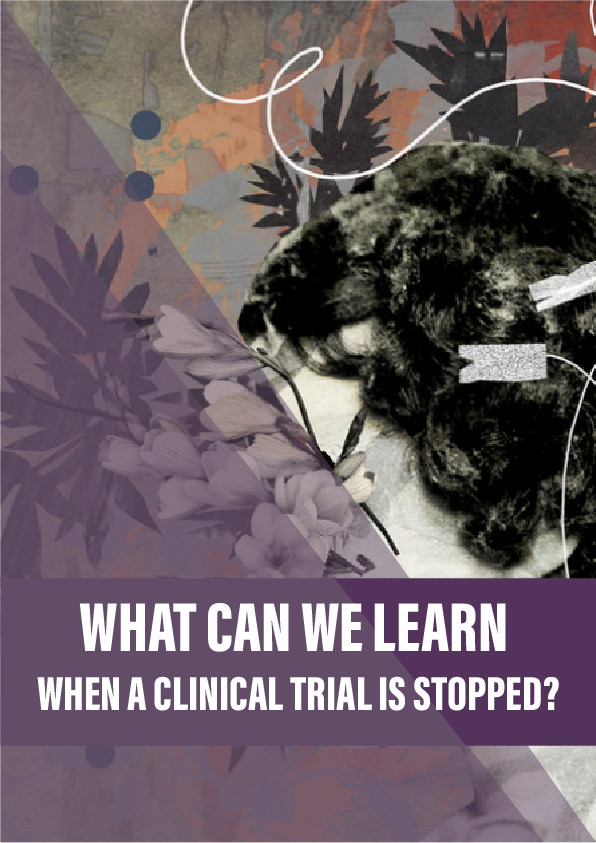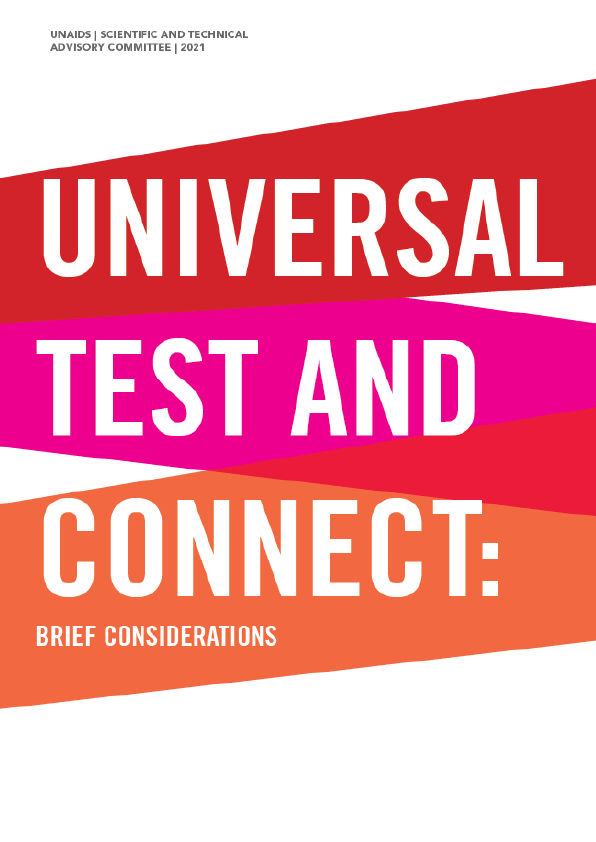An early halt to a trial of deep brain stimulation for depression reveals little about the treatment but more about the changing nature of clinical trials.
Some medical experiments are more daunting than others. The one that neurologist Helen Mayberg came up with to test a model of depression she had developed over about 15 years involved drilling two holes in the top of a patient’s skull and sliding two low-voltage electrodes deep into the brain until they reached a region known as Brodmann area 25. In a pair of pale pink curves of neural flesh called the subcallosal cingulate, each about the size and shape of a newborn’s crooked finger, area 25 occupies the fingertips. Once in place, the electrodes were wired to a battery pack implanted in the patient’s chest and turned on.
Between 2003 and 2006, first at the University of Toronto and then Emory University in Atlanta, Mayberg tried this experimental surgery, called deep brain stimulation (DBS), on 20 people who had been torturously depressed for years despite trying every other possible treatment. Area 25, she believed, was a neural junction box that became hyperactive in depressed people. She designed the experiment to see if the thrum of these DBS devices would calm area 25 and relieve their despair. In 2005 she published results from the first six patients, who’d done amazingly well; the other 14 later showed similar progress. Most cut their depression scores by around half. Over a third left their depression behind entirely.
Mayberg’s 2005 paper, published in Neuron, amazed her colleagues. To get such results in patients this sick was stunning. Tom Insel, then director of the US National Institute of Mental Health, called it “a new way of understanding depression”. The attention expanded into the public realm in 2006 – a story I wrote about Mayberg’s work in the New York Times Magazine that April; a CBS News 60 Minutes segment that September. Her phone rang ever more often with calls from reporters who wanted to interview her, universities and institutions that wanted her to come lecture – and scores of hopelessly depressed people, or their family members, who’d seen the press and wanted the treatment. Mayberg was on fire.
It wasn’t long before St Jude Medical, the device company that made the neurostimulators Mayberg used, decided to run a clinical trial to seek US Food and Drug Administration (FDA) approval for the treatment. There were, of course, risks to moving ahead so soon. Mayberg and her colleagues, for instance, had been using the implants with more people and were seeing hints of variables that might affect the treatment’s power – differences in the quality of the patient’s depression, in how the surgeons sited the device – that if explored might make the treatment even more effective. You could of course wait for ever – you could always find out more – but at some point you had to forge ahead. And the thing was working. People were all but rising from the dead.
Reference:
- Broaden trial results were published in Lancet Psychiatry in 2017.
- David Dobbs first wrote about Helen Mayberg’s research for the New York Times Magazine in 2006, and has written several updates about her work since.
- Two influential blog posts written about the end of Broaden were published at The Neurocritic and Scientific American.
- Results from Mayberg’s earlier open-label studies were published in 2011 and 2012.
- In the UK and Republic of Ireland, the Samaritans can be contacted on 116 123.
- In the USA, the National Suicide Prevention Lifeline is 1-800-273-TALK











